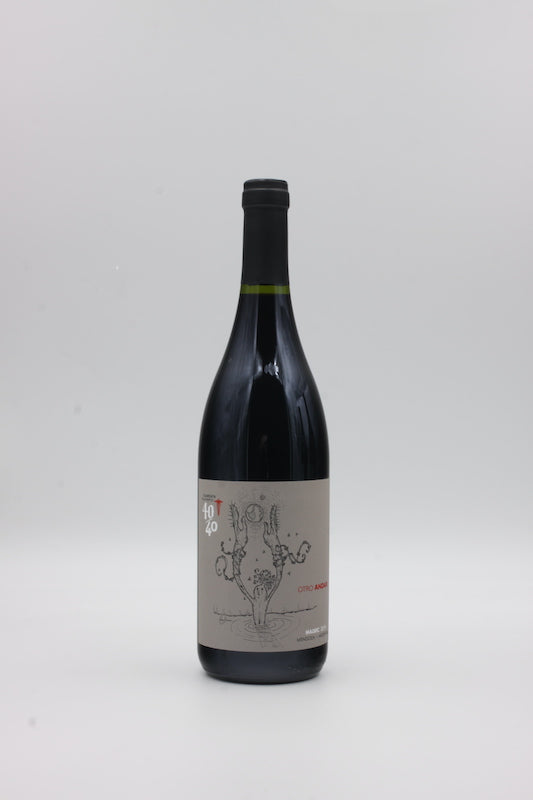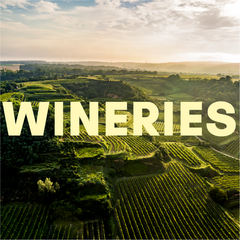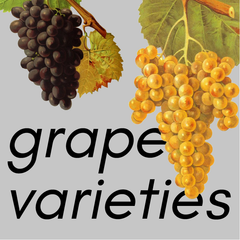Free shipping within Austria from € 99
Free shipping to Germany from € 120
Shipping costs within the EU
Payment methods
40/40
Otro Andar Malbec 2019
Otro Andar Malbec 2019
Couldn't load pickup availability
Malbec is one of the few grape varieties that enjoys a better reputation in a new location - in its case Argentina - than in its actual homeland (Bordeaux). The reason for this has less to do with its quality and more to do with the fact that it did not survive the freezing cold French spring of 1956. Instead of replacing the mostly damaged vines with Malbec, the Bordeaux winegrowers planted the more robust Merlot instead. Malbec arrived in Argentina 100 years earlier. Since then, it has established itself as the most important grape variety in the region, especially in the area around Mendoza.
Lucas Pfister from 40/40 cultivates it at just under 900 metres above sea level in a vineyard based on sandy clay soil. The sensitive grape variety feels at home up there, but phylloxera does not, which is why all the vines are ungrafted and do not require the usual American rootstocks.
Lucas wants fine and precise flavours, no over-extraction, rather elegance and finesse. The maturation process takes place over 12 months in French oak. It is coarsely filtered.
Data Sheet
- Grape variety: Malbec
- Vineyard: In Ugarteche, 890 meters above sea level, clay soil, ungrafted vines
- Harvesting: By hand
- Fermentation: spontaneous | wild yeasts
- Ageing: 12 months in French oak barrels
- Filtration: coarse
- SO₂: < 50mg/l
- Alcohol: 12.5% vol.
- Closure: Natural cork
- Drinking temperature: 16-18°C
- Ideal to be drunk: now – 2030
- Content and price per litre: 0.75 l/(€24.87/l)
All winegrowers listed by vinonudo work in their vineyards with compost, organic fertilizers and natural preparations and do not use herbicides, pesticides or artificial fertilizers.
Share







